Calculation Method of Pile Foundation Deformation under the Coupled Action of Bank Slope Siltation and Creep
DOI: 10.23977/jceup.2025.070206 | Downloads: 13 | Views: 358
Author(s)
Liangwei Sun 1, Chao Liang 1
Affiliation(s)
1 State Key Laboratory of Hydraulic Engineering Intelligent Construction and Operation, Tianjin University, Tianjin, China
Corresponding Author
Chao LiangABSTRACT
Soil creep is the process where soil deformation progressively increases under sustained loading. Under the coupled action of berth siltation soil and berth loads, soil creep occurs, impacting pile foundation bearing capacity. This paper investigates the creep characteristics of various soils, analyzes how soil strength and deformation affect pile foundation load response, and revises the p-y curve method for creep conditions. The results show that under the coupled action of bank slope siltation and creep, the long-term soil strength declines. The ε50 value, which is the strain at half the maximum principal stress difference in isochronous curves, gradually increases. The horizontal pile displacement becomes larger, yet with increasing time, the incremental horizontal displacement of the pile foundation becomes smaller and smaller.
KEYWORDS
Creep, Bank Slope Siltation, Pile Foundation Deformation, P-Y CurveCITE THIS PAPER
Liangwei Sun, Chao Liang, Calculation Method of Pile Foundation Deformation under the Coupled Action of Bank Slope Siltation and Creep. Journal of Civil Engineering and Urban Planning (2025) Vol. 7: 39-44. DOI: http://dx.doi.org/10.23977/jceup.2025.070206.
REFERENCES
[1] Doherty P, Gavin K. Laterally loaded monopile design for offshore wind farms [J]. Proceedings of the institution of civil engineers-energy, 2012, 165(1): 7-17.
[2] Yang, A. W., Liang, Z. Z., Yang, S. K., et al. One-dimensional Consolidation and Creep Characteristics of Remolded Soft Clay in Tianjin Coastal Area [J]. Chinese Journal of Underground Space and Engineering, 2022, 18(05): 1532-1538.
[3] Zhou, Q. J., Chen, X. P. Experimental Study on Creep Characteristics of Soft Soil [J]. Chinese Journal of Geotechnical Engineering, 2006, (05): 626-630.
[4] Hu, M. Y., Xiao, B., Lu, Y. K., et al. Creep Tests and Models for Remolded Overconsolidated Saturated Clay [J]. Chinese Journal of Geotechnical Engineering, 2023, 45(S1): 6-10.
[5] Long, J. H., Guo, W. B., Li, P., et al. Creep Characteristics of Slip Zone Soil in Loess Landslide [J]. Chinese Journal of Geotechnical Engineering, 2010, 32(07): 1023-1028.
[6] American Petroleum Institute. Geotechnical and foundation design considerations [S]. ANSI/API recommended practice 2GEO first edition, 2014.
[7] Zhu, Q. W. Macroscopic and Microscopic Creep Tests and Nonlinear Model Research on Zhuhai Soft Clay [D]. Guangzhou University, 2020.
[8] Zhang, X. W., Wang, C. M. An Empirical Creep Model for Saturated Soft Clay [J]. Journal of Central South University (Natural Sciences), 2011, 42(03): 791-796.
[9] Li, K. F. Study on the Creep Characteristics of Marine Soft Clay and the Post-Construction Settlement Effect of Roadbeds [D]. Tianjin University, 2018.
[10] Luo, Q. Z., Chen, X. P., Wang, S., et al. Experimental and Empirical Model Study on the Time-Dependent Deformation of Soft Clay [J]. Rock and Soil Mechanics, 2016, 37(01): 66-75.
[11] Yang, C., Dai, G. L., Gong, W. M., et al. Experimental Study on the Creep Characteristics of Typical Silty Clay in Wangjiang Area [J]. China Civil Engineering Journal, 2015, 48(S2): 47-52.
[12] Gao, Z. Analysis of Deep Excavation Deformation Characteristics Considering the Creep Effect of Mud [D]. Yangzhou University, 2021.
[13] Xu, X. B. Study on the Creep Characteristics and Fractional Constitutive Model of Soft Clay [D]. China University of Mining and Technology, 2020.
[14] Zdravkovic L, Taborda D M G, Potts D, et al. Numerical modelling of large diameter piles under lateral loading for offshore wind applications [J]. Frontiers in offshore geotechnics III. 2015, 1: 759-764.
| Downloads: | 11441 |
|---|---|
| Visits: | 386525 |
Sponsors, Associates, and Links
-
Journal of Sustainable Development and Green Buildings
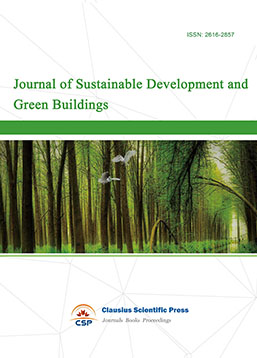
-
Landscape and Urban Horticulture
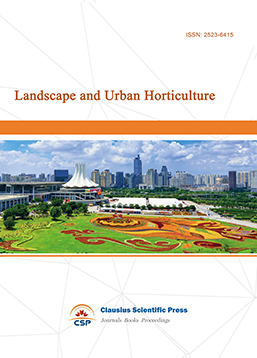
-
Bridge and Structural Engineering
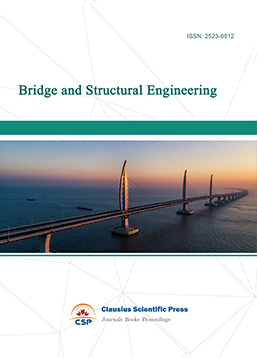
-
Soil Mechanics and Geotechnical Engineering
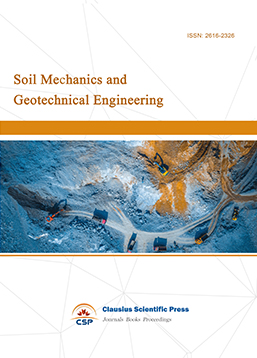
-
Journal of Municipal Engineering
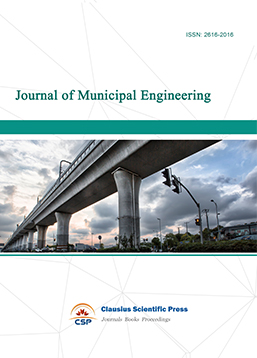
-
Heating, Ventilation and Air Conditioning
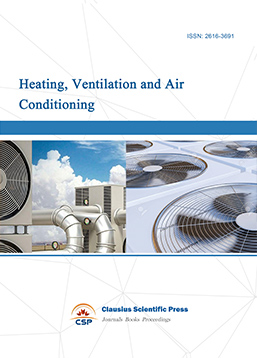
-
Indoor Air Quality and Climate
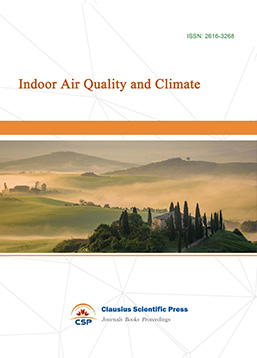
-
Computer Aided Architecture Design
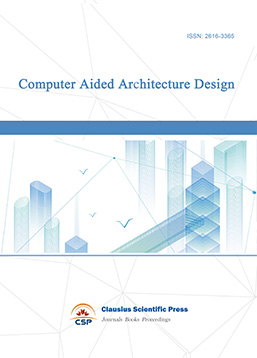

 Download as PDF
Download as PDF